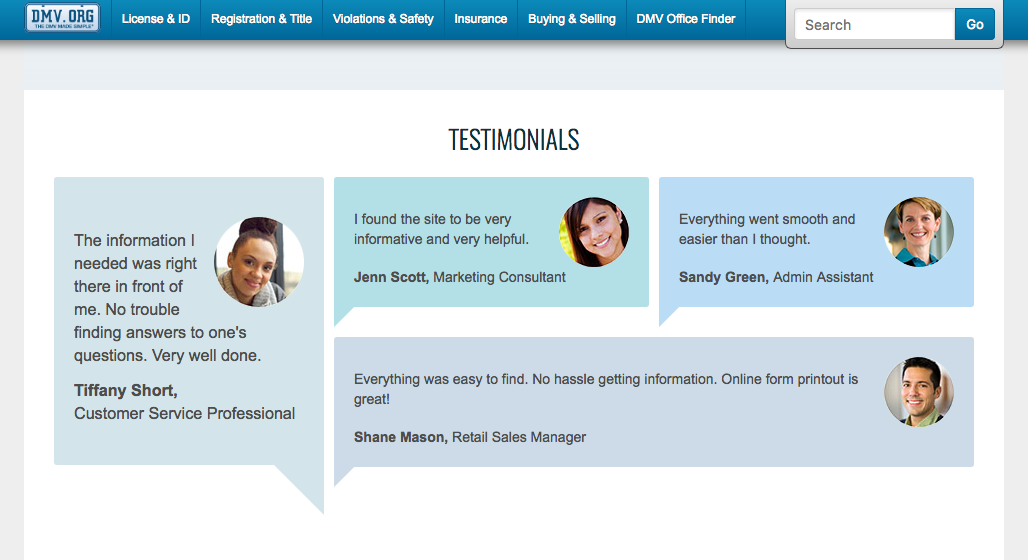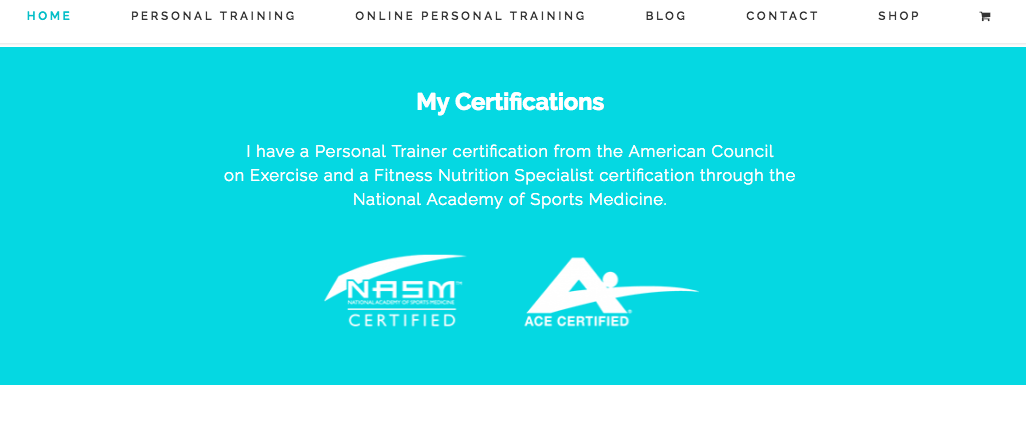
Your website is often the first place where your audience learns about you. It can help them decide whether they want to do business with you – or leave and never come back.
Designing and optimizing a website properly can help you gain your audience’s trust and loyalty and can benefit your business immensely.
Below are seven strategies that can help you earn your audience’s trust and loyalty.
1. Have a Solid Website Design

A website with bad design, confusing navigation, and poor content can turn visitors away from your business quick. Conversely, an intuitive and appealing website can make visitors stay longer, increasing the chances of conversion.
Having a responsive and mobile-friendly website is of the utmost importance. A responsive website adapts to the screen size and device it is being viewed on so it looks great regardless if you’re using a mobile phone, tablet, or desktop.
More than eight in 10 Internet users will use a mobile device to access the web regularly this year, according to a forecast by eMarketer. Further, nearly 15 percent of Internet users, or 40.7 million individuals, will only surf the web via a mobile device (and this number is only expected to grow).
In addition, your website needs to be visually appealing and designed with your users in mind. Make it easy for your visitors to browse your website by using simple navigation, readable fonts and color combinations, interesting graphics, and appropriate white space.
To complement your design, your website content should be well written, engaging and helpful to your target audience. Doing a yearly website cleanup is a good way to keep your content fresh.
2. Be Transparent & Helpful
In order to build trust and gain loyalty from your audience, you’ll need to demonstrate competence and credibility. Show your visitors that you are a transparent organization by being true to your motives and interests.
Your About Us page is a good place to share information on what your company stands for, who your employees are, what you’re offering, how it works, and why you’re different from the rest of your competitors.
Creating a knowledge base and publishing blog posts are also good ways to engage your audience. Visitors are more likely to trust your website if you provide them with valuable content resources, answers to frequently asked questions, and blog posts that will help them solve their problems.
If you have an e-commerce website, make sure that your product descriptions are straightforward, accurate, and useful to customers. Be clear with what your cancellation or return policies are.
You can also share financial statements and press releases on your website.
Nonprofit organization Workshops for Warriors publishes their current and previous audited financials on their website:

This is the perfect example of a transparent organization that leaves no questions unanswered for visitors and potential donors.
3. Use Statistics & Case Studies
In order for your audience to understand what you do and how you do it, you need to provide concrete examples of your work and its results.
Creating a case study is a brilliant way to showcase your products and/or services, along with the positive results they have produced for your customers.
Essential Reporting for Digital Marketers
Essential Reporting for Digital Marketers from Raven Tools. Report on Facebook Ads, Google AdWords and much more with our risk-free 14-day trial!
It’s also beneficial to use statistics to promote your work. Gathering data, quantifying results and presenting real numbers show prospective customers that you’re serious about producing outcomes. Statistics put facts behind the claims.
4. Provide Social Proof through Customer Reviews & Testimonials
Adding a testimonial or review page on your site will prove that your business is reliable. People often depend on peer reviews to choose a business they can trust. They want to know if other people have used your products or services.
Reviews from respected people or influencers also add credibility to your business. Embedding reviews from your Yelp page to your site is good, too.

You should reply to customer reviews whether they are positive, neutral or negative. Interacting with customers can also turn a negative review or experience into a positive one. Offering ways to make things right with the customer shows that your business really aims to provide customer satisfaction.
5. Showcase Awards, Certifications & Credentials
Another way to win the trust of customers is to post your awards, certifications, and credentials on your website.
Entering industry contests with your best work is another simple way to show your work output. Although it takes a lot of time and manpower to pull together content for contests, an award for great work is impressive for current and prospective customers.
Here’s an example from Honest Body Fitness:

Certifications demonstrate your company’s appreciation and support of constant education and knowledge building. Every industry goes through changes and it’s important to stay up-to-date and current with classes, conferences, and webinars. Investing in your employees’ industry knowledge is also a plus.
6. Develop Your Own Voice
Developing the voice of your brand in an interesting and relatable way is vital in order to connect you to your target audience.
Your corporate branding should have a personality and it can be derived from your business’s mission, vision, and values. Your brand’s voice should be implemented on your website content, social media, and customer service efforts.
VetPowered’s website is a great example of a brand with a voice. (Yes, that tone follows you around the whole website.)

7. Take Advantage of Email Marketing
Email marketing is a great way to create initial trust and continue to build that trust over time. Providing your audience with industry information, business updates, coupons, and advice through email shows you truly care about providing solutions to your audience.
There are four types of emails that build loyalty, according to Constant Contact:
- A compelling, friendly, and engaging welcome email.
- The useful, informative auto-responder series.
- A check-in and feedback request email.
- An email offering an exclusive benefit.
It’s that easy!
The Takeaway
Building trust with your audience starts before you ever come into contact with them. People judge brands based on their research and how they connect with a company’s website and social media content, so it’s important to find a voice for your brand to build that trust.
With great website design and content, companies are building loyal customer bases. Share your work, results, and awards to be as transparent and honest with your audience, and trust will soon follow.










